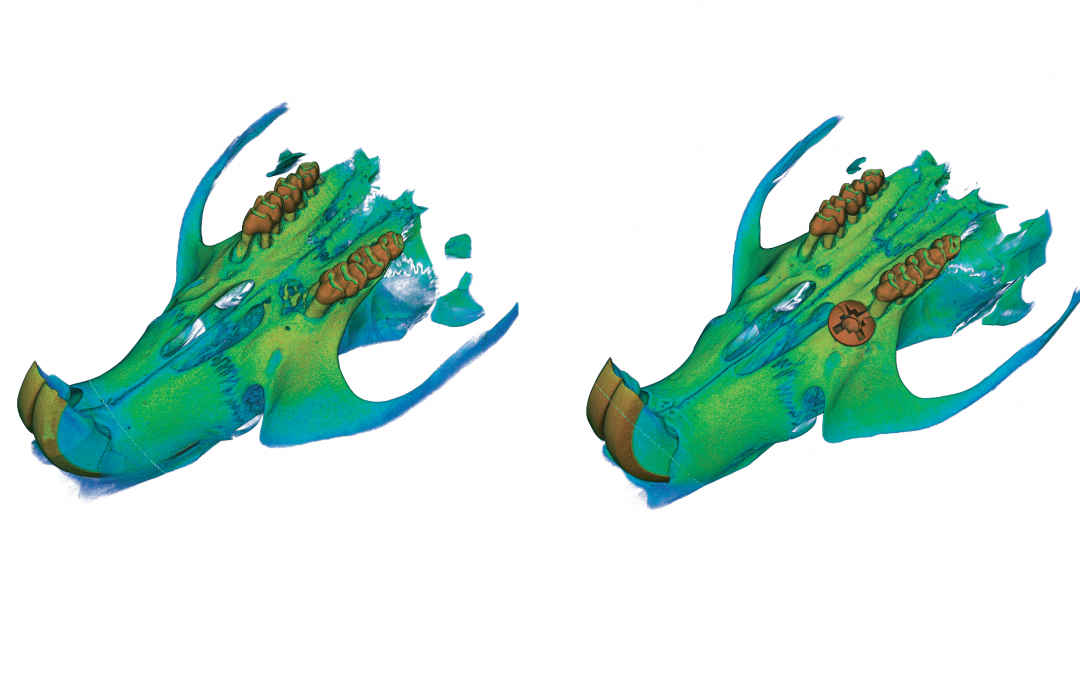From a materials’ perspective, bone regeneration in craniofacial defects can be challenging, particularly considering the aqueous and dynamic environment of the oral cavity. UCLA bioengineers and dental scientists developed an injectable biopolymer-based adhesive hydrogel that encapsulated aggregates of dental derived stem cells and osteoconductive microparticles. In a rodent model of peri-implantitis, the hydrogel promoted bone regeneration around dental implants. The hydrogel’s biodegradation and mechanical properties could be tuned, suggesting it could be a useful tool as a next-generation biomaterial for bone tissue engineering.
Read more here: https://stm.sciencemag.org/content/12/534/eaay6853

